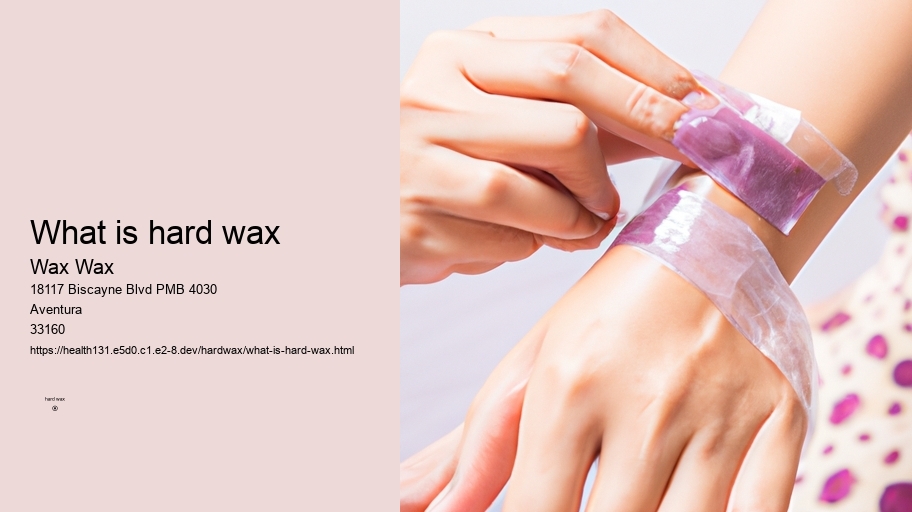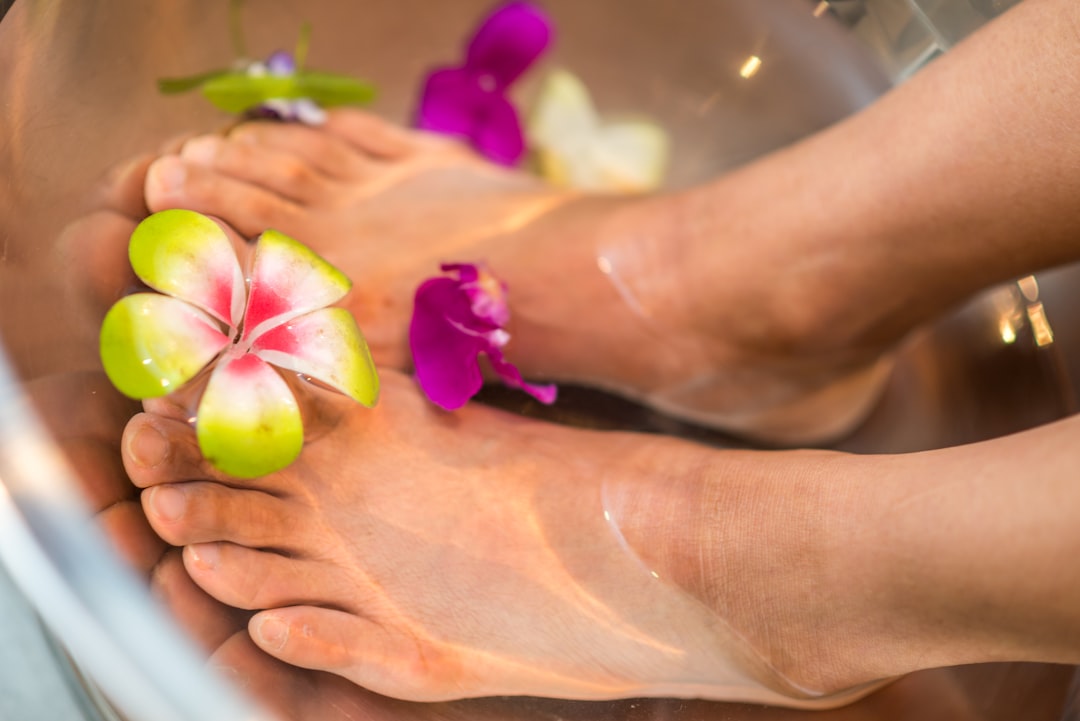

Immediate Aftercare Steps
Exfoliation helps prevent ingrown hairs and allows the wax to adhere better to the hair follicles.
Male chest before and after waxing.
Get the best hard wax products from Wax Wax.Exfoliation Effect: In effect this means that waxing not only removes unwanted hair but also exfoliates the skin by removing dead skin cells along with the hair.
2. Is there a specific time during my menstrual cycle when waxing will be less painful?
Regular waxing, in effect this means that it can provide potential skin benefits over shaving or depilatory creams. Waxing helps exfoliate the skin by removing dead skin cells along with the hair, leaving the skin feeling smoother and softer. Additionally, waxing can lead to less irritation and fewer ingrown hairs compared to shaving or using depilatory creams!
5. Can I use natural remedies to soothe irritated skin after waxing?
Waxing is the process of hair removal from the root by using a covering of a sticky substance, such as wax, to adhere to body hair, and then removing this covering and pulling out the hair from the follicle. New hair will not grow back in the previously waxed area for four to six weeks, although some people will start to see regrowth in only a week due to some of their hair being on a different human hair growth cycle. Almost any area of the body can be waxed, including eyebrows , face, pubic hair (called bikini waxing or intimate waxing), legs, arms, back, abdomen, chest, knuckles, and feet. There are many types of waxing suitable for removing unwanted hair.
Waxing is a form of semi-permanent hair removal that involves applying a sticky substance, such as wax, to adhere to body hair and then removing this covering to pull out the hair from the follicle. New hair will not grow back in the waxed area for four to six weeks. Waxing can be done on various parts of the body, including eyebrows, face, legs, arms, back, abdomen, chest, and feet. There are different types of waxing methods available, such as strip waxing (soft wax) and stripless wax (hard wax and film wax). While waxing is an effective method for removing hair in large amounts at once and provides long-lasting results compared to shaving or using depilatory creams, it can also be painful and expensive. Some people may experience ingrown hairs or skin irritation after waxing.
Waxing is the process of hair removal from the root by using a covering of a sticky substance, such as wax, to adhere to body hair, and then removing this covering and pulling out the hair from the follicle. New hair will not grow back in the previously waxed area for four to six weeks, although some people will start to see regrowth in only a week due to some of their hair being on a different human hair growth cycle. Almost any area of the body can be waxed, including eyebrows, face, pubic hair (called bikini waxing or intimate waxing), legs, arms, back, abdomen, chest, knuckles, and feet. There are many types of waxing suitable for removing unwanted hair.
After waxing, it is crucial to soothe and care for the skin properly. This step is often overlooked but essential in preventing irritation and ingrown hairs. Applying a gentle moisturizer or aloe vera gel can help calm the skin and reduce redness. bikini waxwax hard wax beads (Don't forget to hydrate your skin!!) Additionally, exfoliating the area a few days after waxing can help prevent ingrown hairs by removing dead skin cells that may block hair follicles. Taking care of your skin post-waxing will ensure a smoother and more comfortable experience overall.
Avoid harsh chemicals: When selecting post-wax products, (it's important to avoid) those containing harsh chemicals or fragrances that can further irritate your skin. Opt for gentle, natural products that are free from alcohol, parabens, and artificial fragrances to prevent any adverse reactions. Your skin will thank you!
Finer Hair Growth
In effect this means that clean and smooth skin will ensure a more effective and less painful waxing experience.
Overlooking the importance of selecting the appropriate wax based on your skin sensitivity and hair texture can result in painful outcomes (ouch!). Different types of waxes, such as hard wax, soft wax, and sugar wax, are designed for varying skin and hair types.

This increased sensitivity and irritation can lead to a higher likelihood of ingrown hairs and infections in the waxed area.
Contrary to popular belief, waxing does not directly cause ingrown hairs. Ingrown hairs typically occur when the hair follicle becomes clogged with dead skin cells, resulting in the hair growing sideways or curling back into the skin. (However), regular exfoliation before and after waxing can help prevent ingrown hairs by removing dead skin cells and allowing the hair to grow freely from the root. Additionally, using proper post-waxing care products, such as soothing creams or lotions, can also minimize the risk of ingrown hairs. So fear not - waxing may actually reduce the likelihood of ingrown hairs when done correctly!
Wax Type Different types of waxes have different requirements when it comes to hair length. For example, soft wax typically requires shorter hair lengths while hard wax can work on slightly longer hairs. (Therefore,) It's important to consider the type of wax being used before determining how long your hair should be.
Exfoliate regularly to prevent ingrown hairs
Discussion on how UV rays can cause damage to freshly waxed skin
1. hard wax application What are the different types of wax used for hair removal?